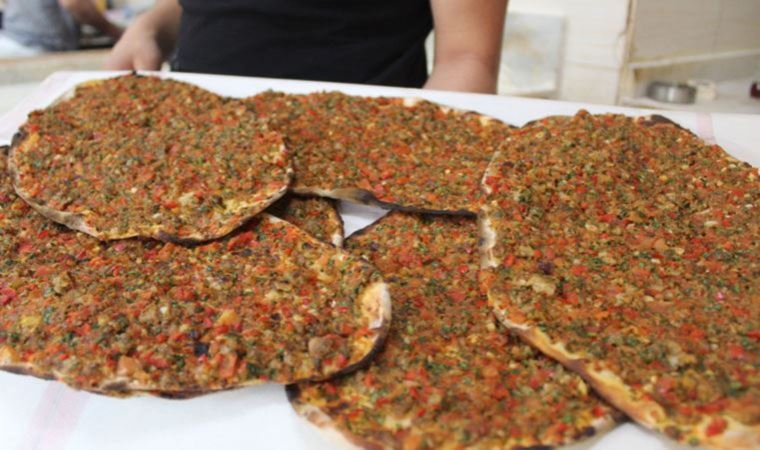Turkish Cuisine
A Culinary Journey Through Turkish Cuisine
Introduction:
Turkish cuisine, a delightful blend of flavors and traditions, is a reflection of Turkey’s rich historical and cultural tapestry. Influenced by its unique position at the crossroads of Europe and Asia, Turkish culinary traditions offer a variety of dishes that are as diverse as they are flavorful. This article explores the essence of Turkish cuisine, highlighting its key dishes, ingredients, and the cultural significance behind them.
- A Blend of Diverse Influences:
Turkish cuisine has been shaped by a myriad of cultural influences, including Central Asian, Middle Eastern, Mediterranean, and Balkan cuisines. This fusion has resulted in a rich array of flavors and techniques, from the use of spices to the art of cooking meats.
- The Staples of Turkish Cuisine:
At the heart of Turkish cuisine are ingredients like lamb, beef, rice, eggplants, nuts, and a variety of spices. Olive oil is widely used in cooking, particularly in the Aegean and Mediterranean regions. Yogurt also plays a significant role, served plain or as a base for sauces.
- Iconic Turkish Dishes:

Kebabs: The world-renowned Turkish kebabs, including the famous döner kebab, are a must-try. Each region in Turkey has its own version, such as the Adana kebab and İskender kebab.
Meze: A selection of small dishes served as appetizers, meze often includes items like stuffed vine leaves, ezme, and various yogurt-based dishes.
Baklava: This sweet pastry made of layers of filo, filled with chopped nuts, and sweetened with syrup or honey, is a beloved dessert in Turkey.
- Breakfast – A Feast to Start the Day:

Turkish breakfast, known as ‘kahvaltı’, is a feast in itself, featuring cheeses, olives, tomatoes, cucumbers, jams, honey, eggs, and more, accompanied by freshly baked bread and Turkish tea.
- Street Food Delights:

Turkish street food is an integral part of the country’s food culture. From simit (sesame-encrusted bread rings) to balık ekmek (fish sandwiches), these quick bites are both delicious and affordable.
- Regional Varieties:
Each region in Turkey offers its own culinary specialties. The Black Sea region is known for dishes like hamsi (anchovies), the Southeast for its spicy kebabs and baklava, and the Aegean for its olive oil-based vegetable dishes.
- Turkish Beverages:

Turkish coffee and tea are more than just drinks; they are symbols of hospitality and tradition. Ayran, a yogurt-based drink, is also a popular refreshment, especially during the summer months.
Conclusion:
Turkish cuisine is a celebration of flavors and traditions, offering a culinary journey that is both diverse and deeply rooted in history. From hearty kebabs to sweet baklava, and from bustling street food stalls to elegant restaurants, the food of Turkey promises an unforgettable experience for every palate.
